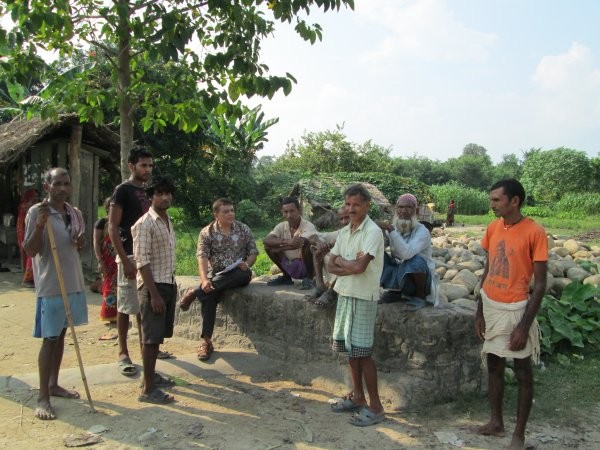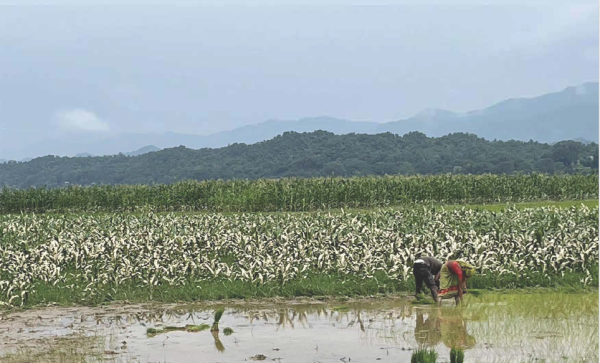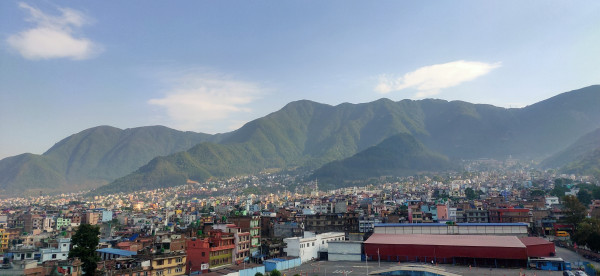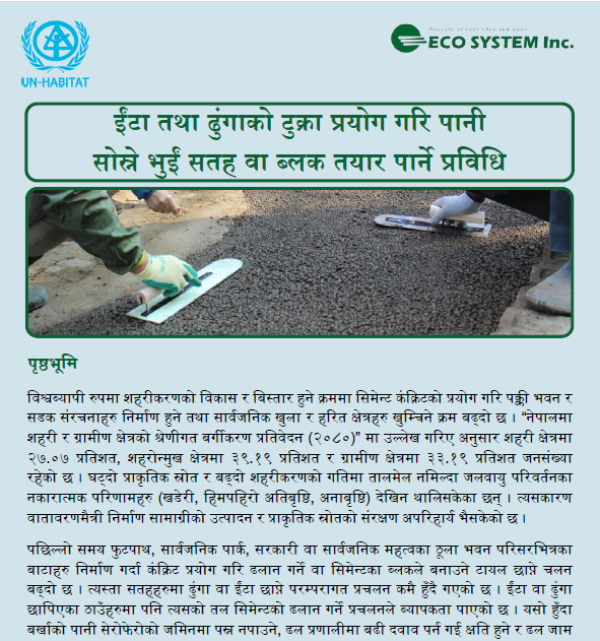Conflicted earth

By Raja Ram Chhatkuli Land ownership Issues related to land have existed for centuries around the world, and Nepal is no different. Land issues are frequent topics of discussion as well as trigger of disputes. They are believed to be one of the root causes of the 10-year-long conflict that plagued the country. Most land issues are legacies of history, while some new issues have emerged as a consequence of the conflict. Nepal is now healing itself from the wounds of hostility that destroyed much infrastructure, disrupted many minds, and dislocated many homes and locations. During the insurgency there were at least 6,200 cases of then Maoist rebels seizing land from people they regarded as “wealthy landlords” and distributing the same to those they regarded poor. In a few instances, even the state seized land from the owners for one reason or another. In many areas, the seized properties have been returned through different mediations. But no authentic record exists so far. At least 7,700 cases of transactions of ownership were carried out by the Maoist mechanism in five districts of mid-western region alone, which are not recognized by legal authorities. To add fire to the fuel, land records have been partially or completely destroyed in many district offices, which aggravates the question of security of tenure. While the major concern should be to address broader issues on land, post–conflict land issues also demand resolution. Undoubtedly, Maoist conflict raised a lot of awareness among the people, and at the same time raised expectations of the marginalized and poor of getting land. Due to limitations of the resource and ever growing population, it may not be practically possible for everybody to own a piece of land. A balance between the newly created expectations and the practical considerations is a challenge to the judicious management of land. It must be addressed if the country wants sustainable peace. Land reform programs are not new in Nepal. For the first time it was initiated in the year 1964 to bring about judicious distribution of agricultural land and improve the living conditions of the actual peasants. But even after more than 50 years of its implementation, the program has been stagnant and has not yielded desired results. The decade-long conflict complicated the problem. Additionally, Nepal is an agriculture-based country, where agriculture employs more than two-thirds of the total population, non-farming employment opportunities are few and far between. The average land holding per household in Nepal is about 0.7 hectare, which remains below the FAO recommendation of at least 0.9 ha to be economically viable. A deeper look at the distribution of land ownership shows seven percent of the households virtually landless (with less than 0.1 ha each) and 47 percent households holding less than 0.5 ha each. This explains why the competition for access to land and shelter has historically been a major source of conflict in the country. History gives proof of the same. Inequalities and landlessness have existed since ages. The concept of Hindu Varna system based upon occupation extended to caste system, and many menial job-holders, mainly dalits, grew to become deprived of land. Many other vices like a feudal system of land tenure, and uneven agriculture labor like kamaiya, haliya, kamlari also took roots in Nepali society. The long history of non-democratic regimes like the Rana and the Panchayat rule deprived people of even the fundamental civil rights; and awareness of land rights was a far cry. On top of that, historically women have been denied adequate ownership of land and property. Only 19.7 percent of women have ownership of fixed assets at present. Other major problems are absentee landlordism, acute fragmentation of land parcels, and unplanned and haphazard land use practices which deplete productivity as well as total agricultural produce. Land offices throughout the country have over 28,000 applications related to land registration pending. Of all the cases submitted for resolution at the district courts of Nepal, 60 percent are civil cases and about half (47.5 percent) of them are related to land litigation. Due to heavy work-load, and the courts being general courts—not specialist land tribunal courts—timely disposal of land cases is almost unheard of. This indicates that land administration and land management system in the country are not sufficiently equipped to address the issues. The cumbersome manual processes of land survey and recording and land registration is prone to a multitude of errors, contributing to more potential conflicts. The system of archival, storage and security of records is weak beyond doubt. The available infrastructure and human resources are not capable of handling a fool-proof land administration system. Therefore, a total intervention to improving land administration and land management is the need of the day. Major historical steps such as the Comprehensive Peace Agreement and the Interim Constitution of Nepal have identified issues of land, as have the manifestoes of all major political parties. These documents have placed due attention to scientific land reform. The Ministry of Land Reform and Management has already identified 13 areas of commonality, including minimizing inequitable distribution of land, tenancy rights and land ownership and so on. Likewise, the United Nations Development Assistance Framework for Nepal 2013-17 has also recognized establishment and implementation of an independent and impartial property dispute mechanism in regard to conflict-related property issues. It has pushed for addressing land issues with Nepal Peace and Development Strategy 2010-15. The potential areas for support are actions on property return and land reform, and independent inventory of property seized during and after the conflict. In this regard, Catalytic Support on Land Issues project has been initiated jointly by the IOM, UNDP and UN-Habitat. It is funded by the UN Peace building Fund, a global UN multi-donor trust fund supported by over 50 international donors and managed through the UN Peace Fund for Nepal. This planned intervention will focus on the five major areas of land: policy negotiations, land use planning, regulatory framework, land information system, and capacity building. The project is in an initial phase of implementation. The planned two years intervention should be taken as a testing ground for devising appropriate concepts for a long term intervention to address and resolve diverse land related issues in Nepal. The author is project coordinator of Catalytic Support of Land Issues at UN Habitat. activeed on Republica Daily on Feb 18, 2014





